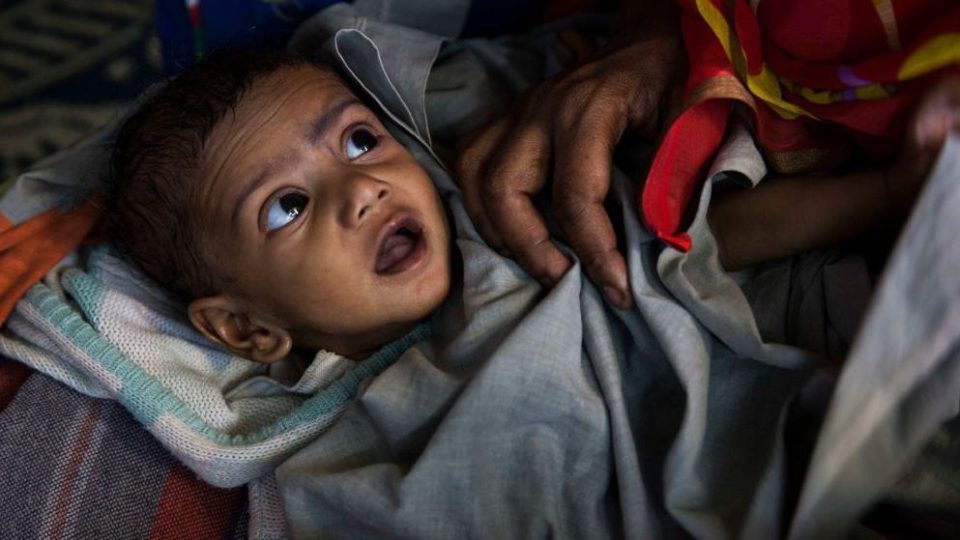New research indicates that decades of caste discrimination have significantly contributed to India’s higher child stunting rates compared to Sub-Saharan Africa. Despite both regions being home to 44% of the world’s under-five population and accounting for approximately 70% of globally stunted children, India’s stunting rate stands at 35.7%, slightly above Sub-Saharan Africa’s average of 33.6%.
A child is defined as stunted when their height falls below the expected range for their age, indicating serious nutritional deficiencies. The study, conducted by Ashwini Deshpande from Ashoka University and Rajesh Ramachandran from Monash University in Malaysia, emphasizes that focusing solely on height discrepancies—or the reasons behind why Indian children are shorter—neglects the crucial impact of social identity, particularly caste, on child malnutrition.
The first 1,000 days of a child’s life, often referred to as the “golden period,” are vital; by age two, 80% of brain development occurs, shaping a child’s future potential. Access to healthcare, proper nutrition, early education, and a safe environment during these formative years play a critical role.
Both India and Sub-Saharan Africa face similar socioeconomic challenges, with reports indicating that these regions account for over 85% of the global poor. Using official data, the research examined the stunting disparities between India and a sample of 19 Sub-Saharan African countries.
Over 35% of India’s 137 million children under five are classified as stunted, with more than a third also being underweight. Globally, approximately 22% of children under five experience stunting.
The study analyzed six socially disadvantaged groups in India, including adivasis (tribespeople) and Dalits (historically marginalized communities), who together represent over a third of the under-five demographic. The findings revealed that children from higher-ranked, non-stigmatized caste groups in India exhibit a stunting rate of 27%, significantly lower than that of their Sub-Saharan African counterparts. Moreover, those from higher caste groups are about 20% less likely to be stunted compared to marginalized groups at the bottom of the caste hierarchy.
This distinction remains notable even when considering other influencing factors such as birth order, sanitation, maternal height, education, anemia, and household socioeconomic status. Despite seven decades of affirmative action, the caste system in India remains deeply entrenched, impacting health outcomes for children.
The reasons behind the high stunting rates have led to extensive debate. Some argue that genetic factors contribute to shorter heights among Indian children, while others believe that improved nutrition over generations has mitigated presumed genetic differences. Studies have shown mixed results regarding the impact of gender on height outcomes, revealing that girls often fare worse than boys and vice versa.
Stunting has decreased across various social groups, with a 2022 study noting improvements in health interventions, living conditions, and maternal health leading to lower stunting rates in four Indian states. Nonetheless, children from marginalized communities like adivasis are typically more malnourished. Similarly, while the stunting rate in Africa has declined since 2010, the absolute number of affected children has increased.
The authors argue that the ongoing discourse surrounding the height gap between Indian and Sub-Saharan African children often overlooks the significance of social identity, particularly caste status, in understanding child nutrition challenges in India.
Utilizing data from demographic and health surveys, the analysis incorporates the latest findings for India (2019-21) and Sub-Saharan Africa (2015 onwards), covering anthropometric outcomes for 195,024 children under five in India and 202,557 in Sub-Saharan Africa.
Credit: BBC News




